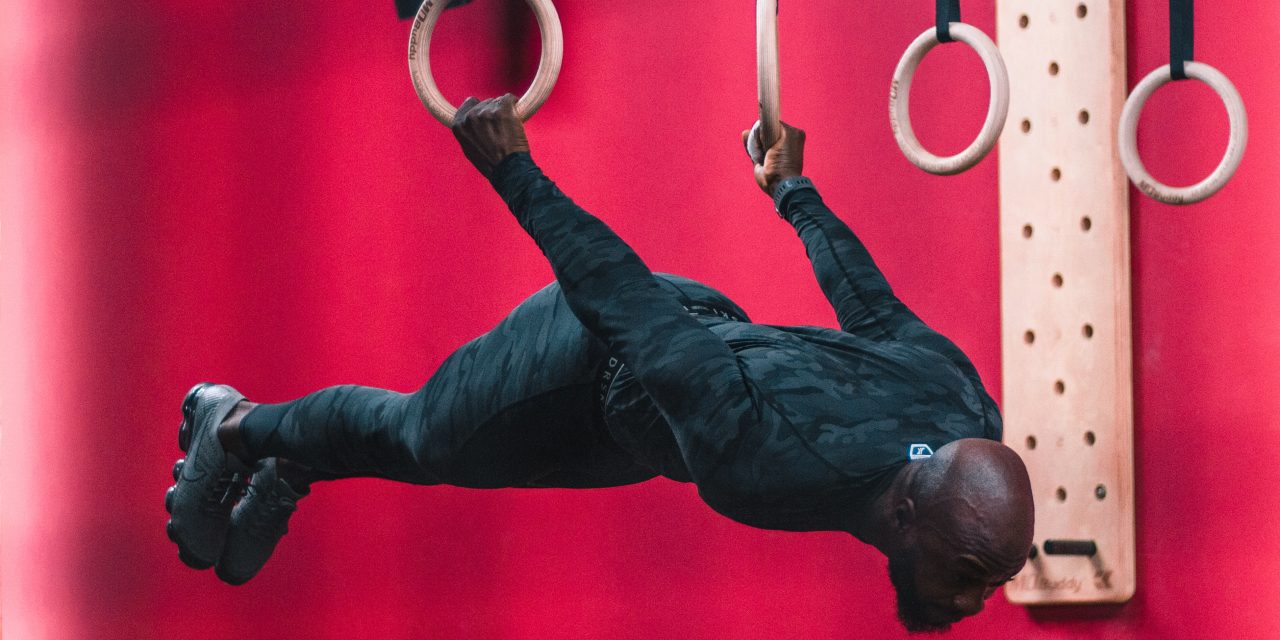Now if we’re honest how many of us watch gymnastics other than during the Olympics. Admittedly it can be quite difficult as other than during the 4 yearly games, and other big tournaments such as the world championships gymnastics don’t tend to get widespread TV coverage. Gymnastics is a popular form of exercise that is participated in by many young people throughout the UK and undoubtedly comes with numerous health benefits. However, when it comes to elite competition the athletes are required to perform certain specific disciplines to win that elusive gold medal.
In the Olympics to determine the best, all-around male gymnast athletes compete against each other in 6 different events. The winner will be the athlete with the best cumulative score. To win Olympic gold in the competition takes not only technical expertise but also strength and outstanding athletic ability. So, we thought we would have a look at the particular disciplines involved to give you an insight into what it takes to be the best of the best.
Parallel Bars
The parallel bars are one of two types of gymnastics bars found in Olympic competitions. They are composed of two bars that are adjustable so that the gymnast can set the height and the distance between them. As part of the routine, the gymnast must perform long swings from a variety of support positions, along with under swings; their feet must never touch the ground at any point during the routine, and it concludes with a dismount.
The Floor
The floor exercise allows gymnasts to demonstrate their athletic prowess by performing a routine that includes tumbling moves, balance exercises, and handstands. This routine is performed on a mat measuring 12 metres by 12 metres situated on a specific sprung floor. It is designed to demonstrate balance, flexibility, and strength. Unlike the women’s routine, the men perform without music for a period of between 60 and 70 seconds, during which they are required to touch all four corners of the mat.
The Pommel Horse
Designed specifically to imitate a real horse, the pommel horse is around 115 centimetres high, 160 centimetres long, and has two handles placed just where the saddle would be. There are many elements in a pommel horse routine, including single-leg swings, scissors, circles, flairs, handstands, body rotations, travels, and a dismount. The pommel horse is not only a test of strength but also of rhythm and concentration on both single and double leg movements. Considered by many to be one of the most challenging of the men’s events as it requires the gymnast to have not only strength but also exceptional technical ability.
The Rings
During any routine on the rings, a gymnast is required to control not only the movement of the rings but also their bodies. On the rings, every routine will contain swing, strength, and hold elements. All routines must contain a swing to a held handstand, a static strength hold, and an aerial dismount. Rings routines are probably best known for the Iron Cross, in which both arms are extended out and the body is converted to a cross; this position must be held for two seconds. The routine finishes with an aerial dismount.
The Vault
The apparatus used in vault routines is very similar to a pommel horse except that it doesn’t have handles on top. Gymnasts will use a springboard to propel themselves onto the vaulting horse and then perform multiple vaults of varying degrees of difficulty during the competition. These vaults can include twists and marks are awarded based on the complexity of the vault, as well as the style and stability demonstrated in the landing.
High Bar
A single horizontal bar is used for this routine, during which the gymnast must demonstrate several different grips such as overgrips, under grips, and dorsal grips. As well as bar work such as turns, releases, and grasps, they must also perform an aerial dismount. It takes technical skill as well as strength to perform a high bar routine that lasts around 30 seconds.
Now obviously we don’t expect you to become an expert after reading this article but hopefully, it will give you a better understanding of what is going on next time the Olympics come round.










